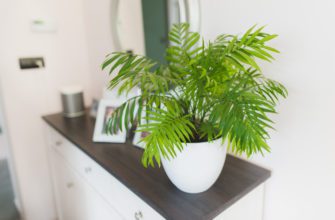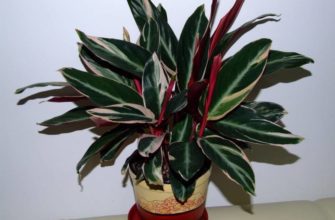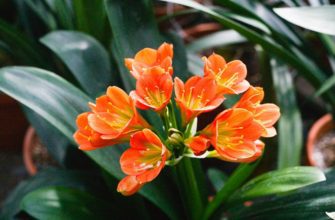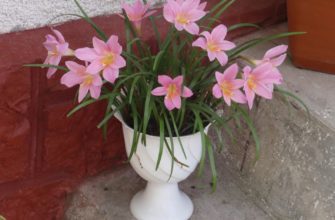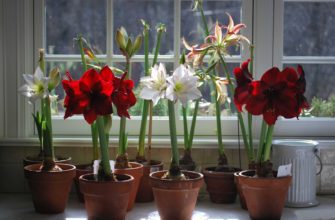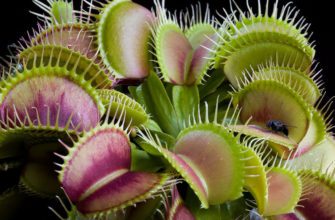In the world of plant experiments and home gardening, the coffee tree occupies a special place. This magnificent plant not only enriches the interior of your home with its exquisite appearance, but also gives you the opportunity to get acquainted with the process of growing your own coffee crop. From careful planting to meticulous care, a coffee tree at home opens up an exciting path for you.
This article invites you into the world of coffee experiments. We will look at the key aspects of growing and caring for a coffee tree at home. From soil preparation to important pruning points, from watering to pest control, you will learn how to provide this plant with optimal growing conditions. Not only that, but the process of processing your own coffee beans will be a pleasant addition to this fascinating care.

Brief description of the coffee tree
The indoor coffee tree is a living symphony of nature brought inside your home. Slender and graceful, it has the ability to transform your everyday environment into a real corner of tropical exoticism. The attention to detail that distinguishes this plant begins with its exquisite leaves.
The leaves of the domestic coffee tree are not only green, they are as if intertwined with sunbeams and drops of morning dew. They create smooth paths for the light, and their smooth surface seems to invite you on a visual journey through a mysterious jungle. The aroma emanating from the leaves gently reminds of places where the wind carries the scents of wild nature.
But a home coffee tree is not just beautiful. It holds potential, turning your home into an incredible laboratory for observing the life cycles of plants. From the delicate emergence of the first shoots to the moment when its branches carefully curl around the support, each stage of growth reminds us of the steady passage of time and the cycles of life.
By creating comfortable conditions for your home coffee tree, you are entering into close contact with nature, understanding how important regular watering, optimal lighting and care are. After all, as in life, every attention given to this plant pays off with green abundance and, perhaps, even a harvest.
And when you enjoy the aroma of freshly brewed coffee, you understand that it is more than just a drink. It is a creation born on your windowsill, a reflection of your diligence and patience. A home coffee tree is not only a plant, it is a story that you create by caring for it, allowing it to grow and flourish in your home.
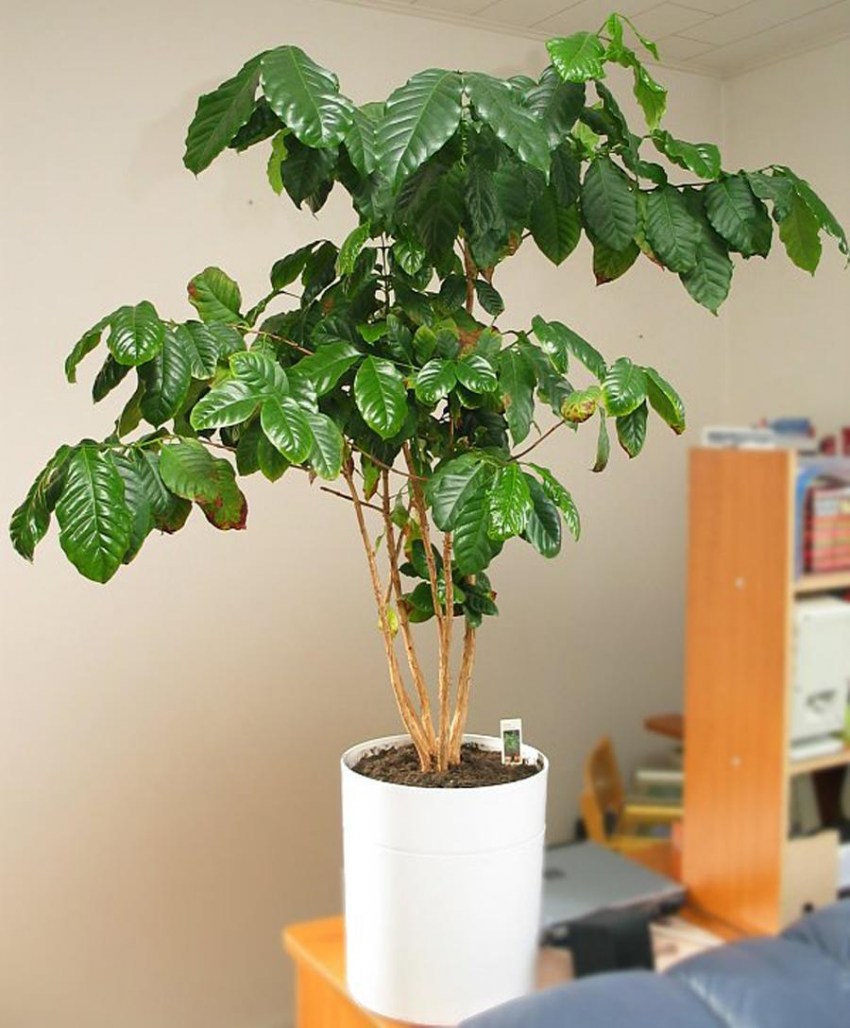
Caring for a coffee tree at home
Caring for a coffee tree at home is a fascinating dance between nature and your care. Like an orchestra conductor, you create the perfect harmony for this plant, providing it with optimal conditions for growth and prosperity.
- Preparing the soil and pot. Choose light and well-drained soil. A suitable pot should have a hole to drain excess water.
- Watering. As a master of balance, temper your passion for watering. Moisten the soil when the top layer of soil begins to dry out, but do not overwater.
- Lighting. Give your tree a trip to the sun. Moderate bright light is fine. If it is direct sunlight, it is better to protect its delicate leaves from burning.
- Temperature and Humidity. As a guide to cozy conditions, keep the temperature between 18-24°C. Optimal air humidity helps create the ideal environment for growth.
- Top dressing. Fertilize your plant regularly. From March to September, indoor plant fertilizers are suitable, which will enrich the soil with essential nutrients.
- Trimming. Like a sculptor, shape your tree. Trim the top shoots to maintain the desired height and shape.
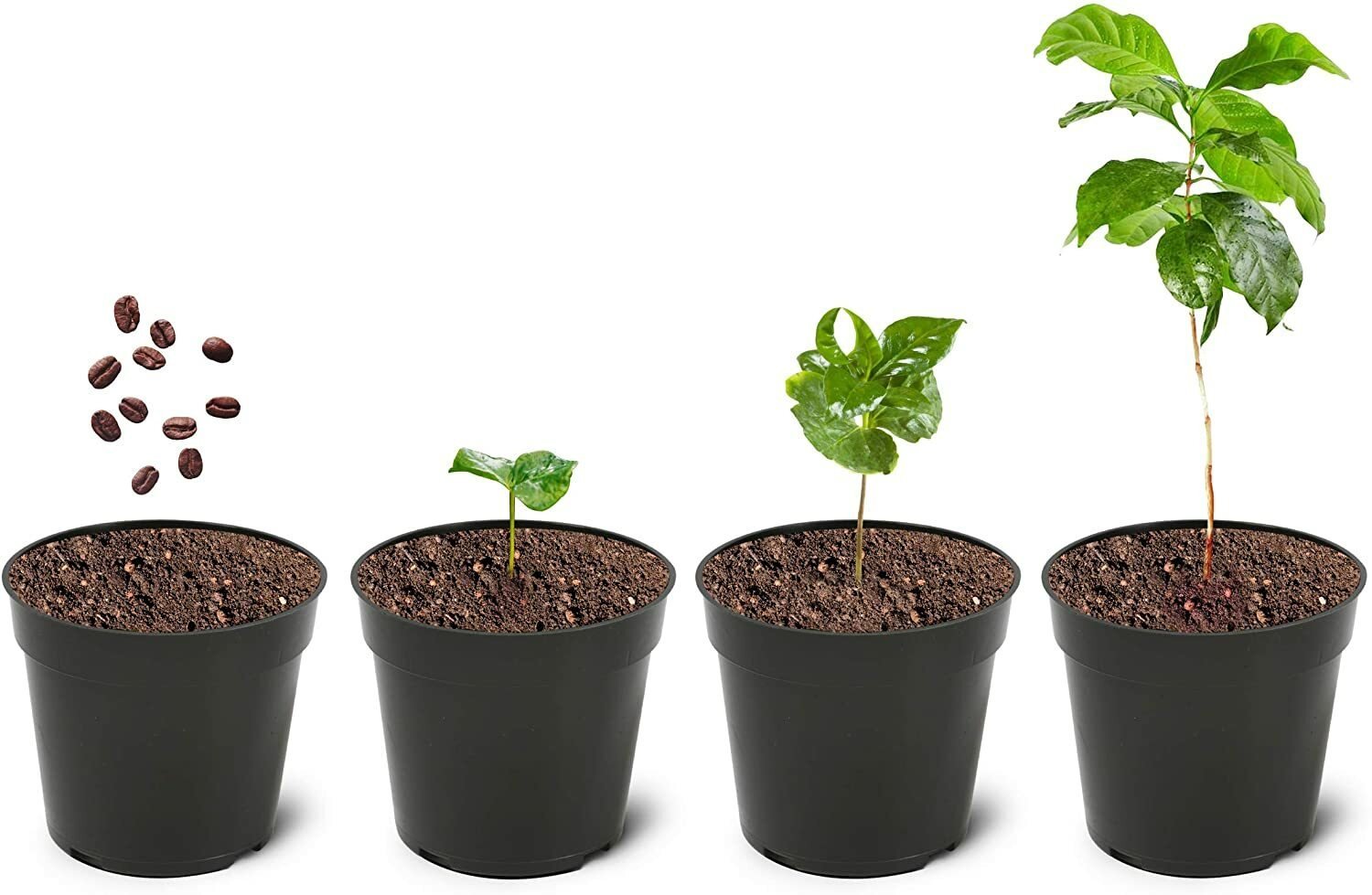
Propagation of coffee tree
Propagating a domestic coffee tree is like creating a new chapter in its history, inspired by your care. If you choose the right path, you can create a magnificent ensemble of coffee trees, celebrating this process as the gift of new life.
- Seeds. Propagation from seed is a gift of time and observation. The seeds germinate slowly, enveloping you in a sense of anticipation and growth. Planted in prepared soil, they will begin their journey to independence.
- Crafts of shoulder straps. Propagation by shoots is like creating a clone of a plant. Choose a healthy shoot with several leaves, remove the lower leaves and place it in moist soil. Soon this shoot will grow into an independent plant.
- Growing from cuttings. Propagation by layering is the gift of opportunity to daughter plants. Select a side shoot with root layers, put it in a pot with soil, and it will begin its journey to independence.
- With hems. Propagation by grafting is like joining a family. Leave the shoot attached to the mother plant until it grows its own roots. Then separate it from the main stem and plant it in a separate pot.
Regardless of the method chosen, propagating a coffee tree is an act of love for the plant and a desire to prolong its life. In this process, you, like a sculptor, create a new work of art, and with each new sprout you make your mark on the history of this amazing plant.
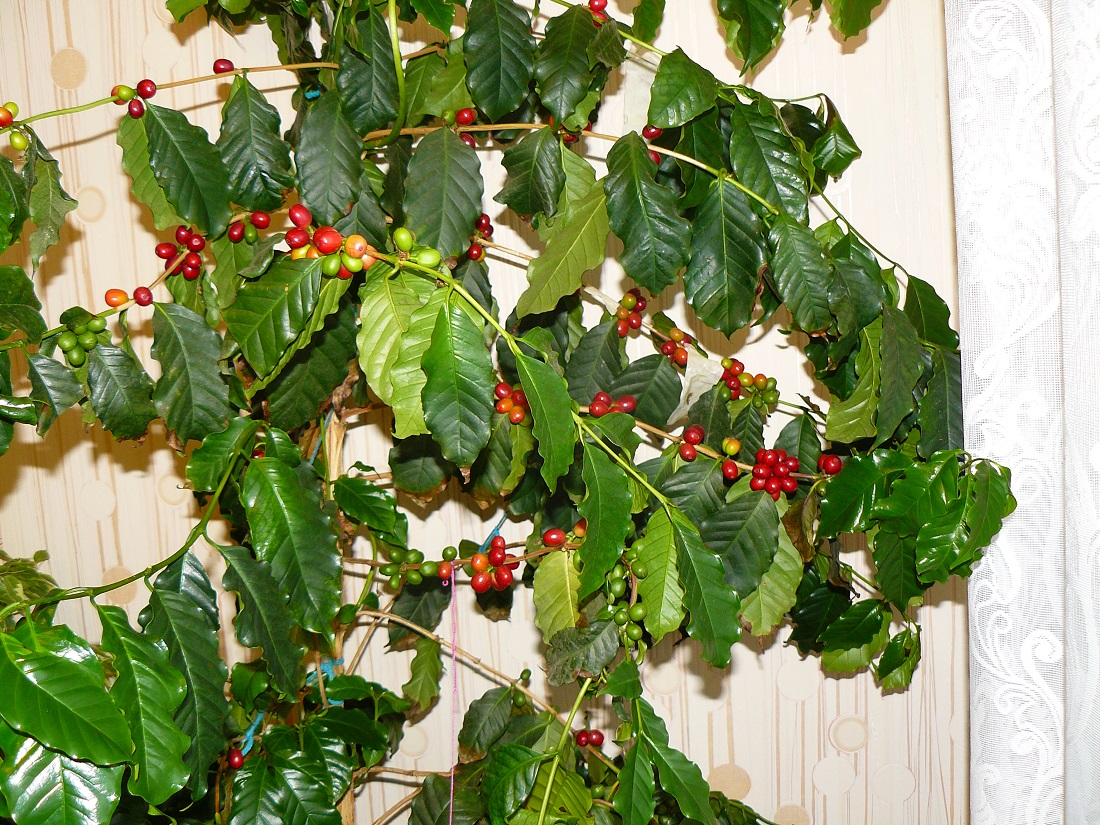
Possible diseases and pests
A home coffee tree, like any other plant, is at risk of diseases and pest attacks. However, being a caring guardian of your plant, you can easily prevent and deal with these problems.
Diseases:
- Mold and mildew: In high humidity conditions, mold or mildew may develop on the foliage and soil. Maintain normal humidity levels and provide good ventilation.
- Rust: It appears as brown spots on the leaves and can cause them to fall off. Avoid excess moisture and treat the plant with antimicrobial agents.
- Root rot: Caused by over-watering of the soil. Monitor the watering regime, use well-drained soil.
Pests:
- Aphid: Small insects that feed on plant juices. Their presence can be detected by the sticky secretion on the leaves. Remove aphids mechanically, and in case of severe infection, use an insecticide.
- Spider mite: Leaves fine webs on the plant, and the leaves begin to turn yellow and fall off. Regular, abundant spraying with moisture helps prevent its occurrence.
- Mealybugs: Leave a white "powdery" coating on the plant. Remove them by hand and use insecticides if necessary.
Knowing these possible diseases and pests will allow you to respond quickly and effectively. Regular inspections of the plant, moderate watering and good air exchange conditions will help keep your indoor coffee tree healthy and beautiful.
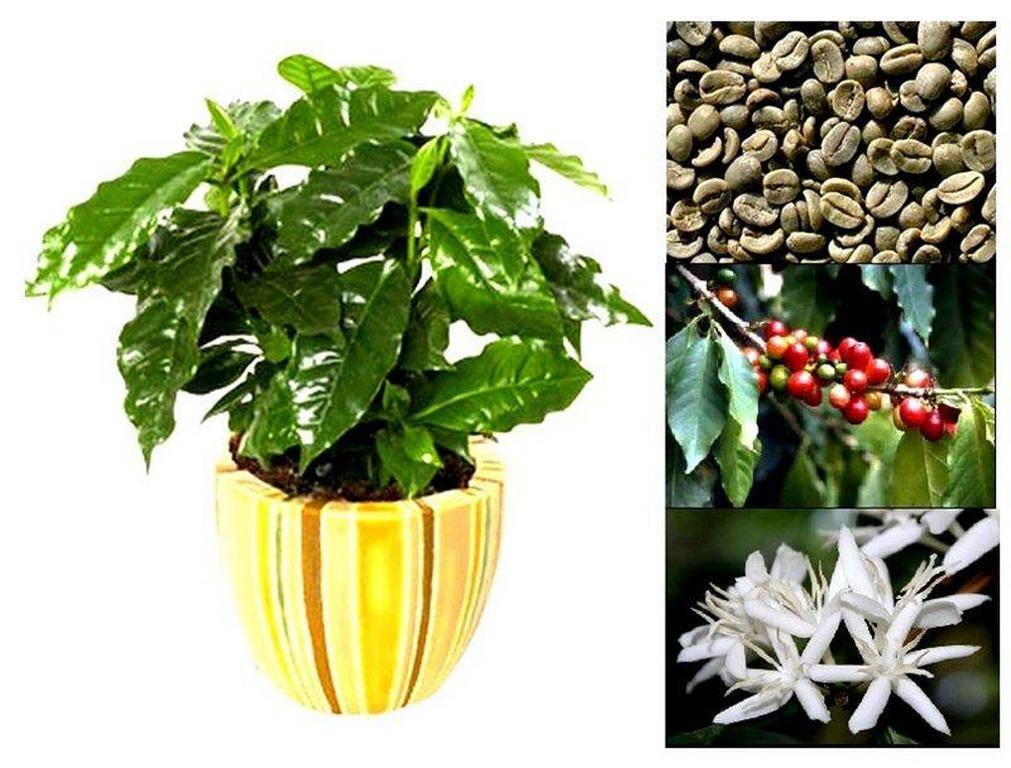
Helpful tips for growing
When it comes to growing a coffee tree at home, it is important to remember that it is not only about caring for the plant, but also about creating an atmosphere full of inspiration and aroma. Here are some unique tips to help you on this exciting journey:
Remember that every plant is unique, and growing a coffee tree is an exciting adventure that allows you to get to know the wonders of nature right in your home.
Conclusion
Growing a coffee tree at home is not only an exciting adventure, but also an opportunity to immerse yourself in a world of aromas, care and incredible growth. From the very first stage - planting seeds, to carefully caring for the shape and health of the plant, you will feel pride and satisfaction, seeing how your coffee tree thrives in the most ordinary conditions.
Having studied the basics of watering, lighting, temperature and fertilizing, you will become a real expert in caring for this exotic plant. Thanks to your care, your coffee tree will turn into a real symbol of indoor greenery and home comfort.
And when the moment comes when you can collect and roast your own coffee beans, you will experience the real joy of taste discoveries. After all, every cup of coffee prepared from your own harvest carries a piece of your care and inspiration.

